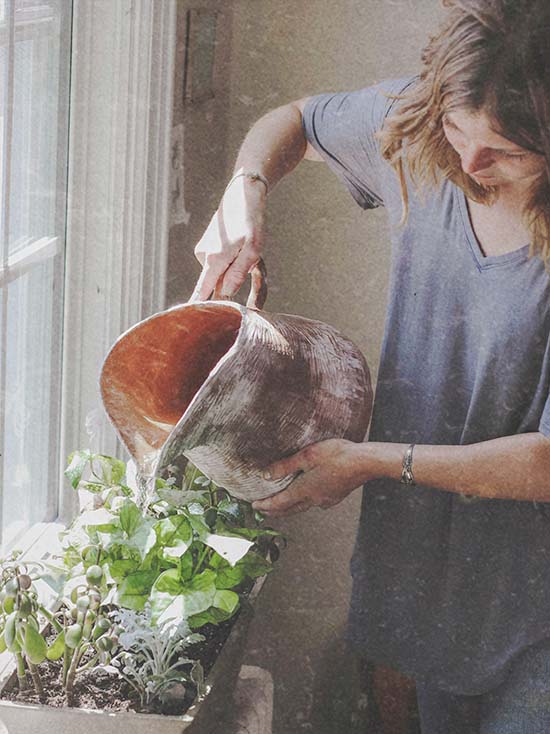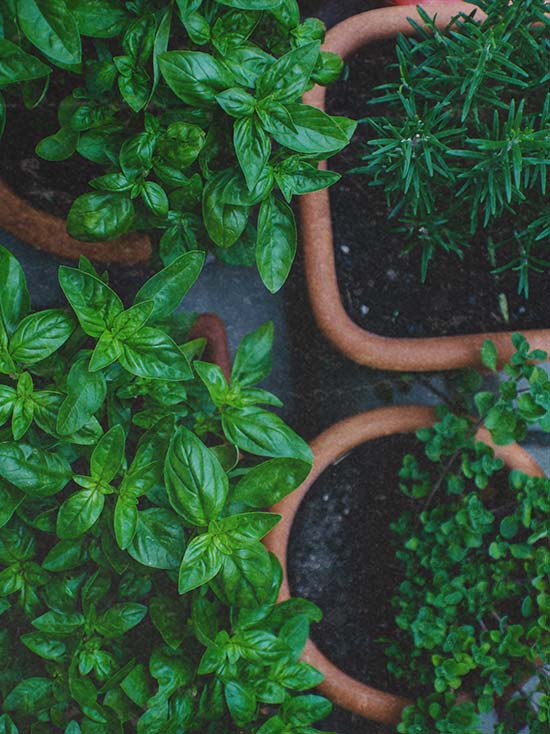No Garden, No Problem
Indoor Gardening
Tips and Tricks
The basis of indoor gardening is the most efficient use of the available space, which means vertical expansion in the case of a small plot of land, and the selection of plants that require little land surface area but have a high yield or leaf surface. If we can ensure a constant temperature, it is also worth getting involved in mushroom cultivation, as well as in the cultivation and germination of micro-greens. An earthworm compost can be a successful addition to our indoor garden, which breaks down kitchen scraps and provides nutrients for our plants.
For starters, various spices, spring onions, tomato and pepper seedlings can grow well indoors, as well as a few types of salad. In addition to practicality, aesthetics cannot be neglected in indoor gardening. In the case of suitable light, we may also cover the available space with edible flowers.
Option 01
Sprouts
Sprouting is a great way to start your journey in indoor gardening. They are an excellent way to introduce a lot of vitamins and trace elements into the body and they are easily digestible. Their carbohydrate and fat content is low, since the sprout itself feeds on it, and the starch is converted into fruit sugar. A wide variety of plants can be germinated, such as radishes, mustard seeds, sunflowers, alfalfa, broccoli, wheat, red cabbage, fenugreek, lentils, chickpeas, garden cress.
The process of germination is very simple, the seeds must be soaked in water for 12 hours, then placed between 2 paper towels or in a plastic filter, then rinsed 1-2 times a day under running water to preserve their moisture content and prevent mold from appearing. Soon enough, you’ll see little green sprouts appearing, which can be consumed after a few days. If you want to do it on a professional level, you can buy a sprouting machine made for this purpose, but as you see, it can also be easily done with simple kitchen tools found at home.
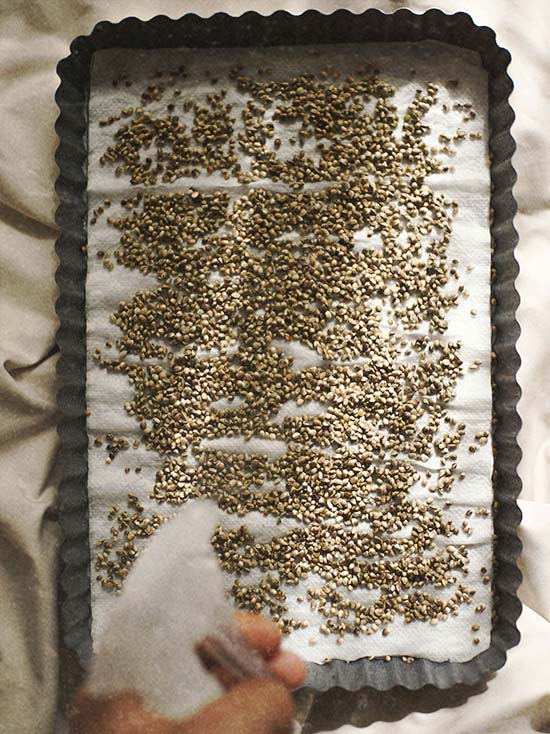
Option 02
Herbs
Purchasing potted herbs from supermarkets is a common practice, yet they often wither away shortly after. Cultivating these plants on our own not only ensures their longer survival but also opens up the opportunity for propagation.
A variety of herbs can thrive in containers or balcony planters. By selecting the right mix of herbs, we can create a symbiotic environment where they mutually support one another, leading to the growth of healthy plants. These herbs demand minimal care but reward us with a burst of fresh, vibrant flavours that enhance any dish.
The best candidates include basil, thyme, sage, parsley, rosemary, mint varieties, oregano, chives, and dill. These herbs generally prefer a well-draining soil mix and a location that receives ample sunlight for at least six hours a day. Regular watering is crucial, but it’s important to let the soil dry out slightly between waterings to avoid over-saturation. Additionally, periodic fertilization (with fresh earthworm compost-tea for example) can promote their growth. Harvesting the herbs regularly encourages new growth and prevents the plants from becoming leggy and overgrown.
Option 03
Mushrooms
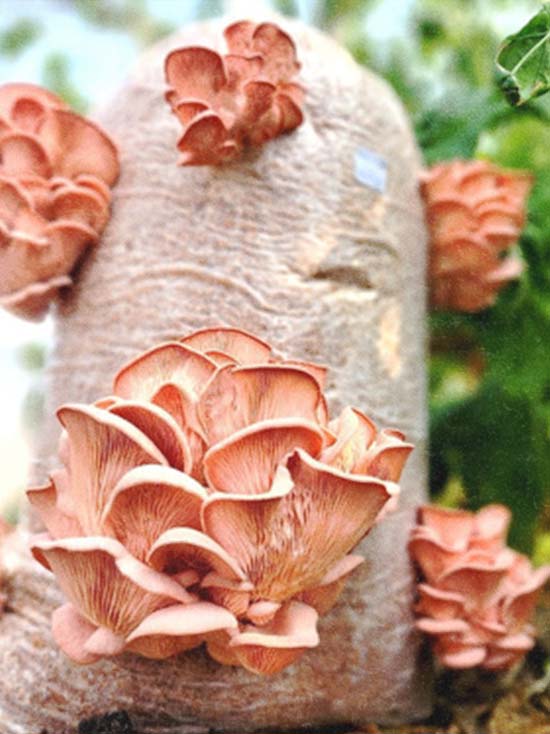
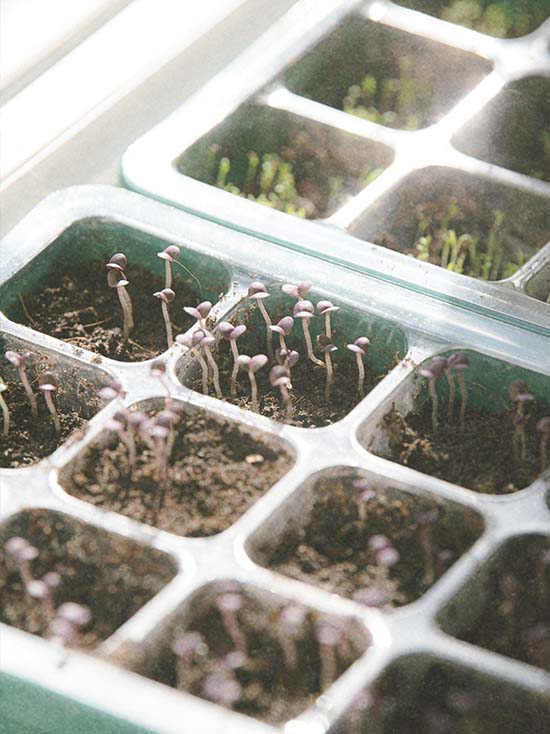
Option 04
Microgreens
Growing microgreens is a simple process that requires minimal equipment and materials. To get started, you’ll need a growing medium or planting mat placed on a flat tray, a spray bottle to maintain humidity, lots of natural light or an LED lamp, water, and a sharp pair of scissors for harvesting. The key element in microgreen cultivation is the planting medium, typically composed of peat-based mixture, coconut fiber, or other natural plant fibers that retain moisture and provide essential nutrients for seed growth. Alternatively, clean cardboard egg trays can be filled with soil for planting.
Various types of seeds are suitable for microgreens. Arugula grows quickly and is rich in calcium, vitamins, and iron. Green peas regenerate after cutting, containing high levels of antioxidants and carotene. Chickpeas are mostly known for their protein and B vitamin content. Radishes are quick to grow and offer crunchy leaves packed with vitamin E. Beetroot, though requiring a bit more time, rewards with its taste and vibrant colour. Broccoli microgreens, ready in just six days, improve digestion and heart health. Wheatgrass microgreens regrow after cutting and are a nutrient-rich addition to juices and smoothies. Lastly, sunflower microgreens, with their crunchy texture and sweet, nutty flavour, are versatile and nutritious.
Option 05
Earthworm compost
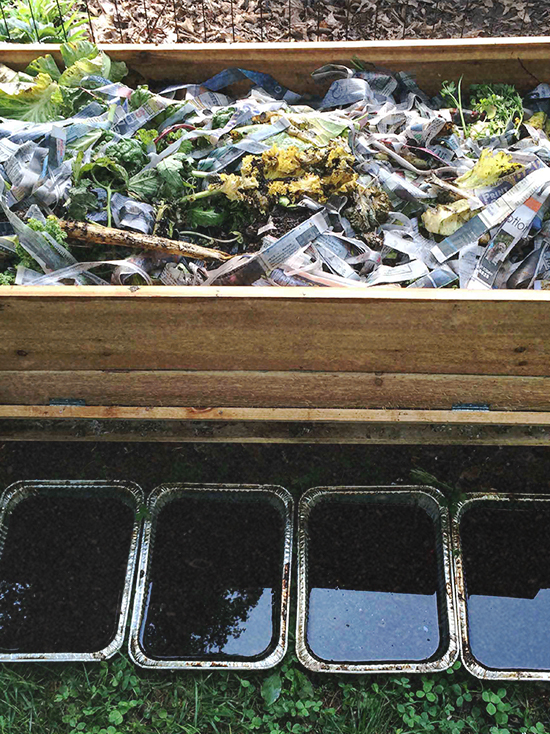
Let’s Talk GET IN TOUCH Let’s Talk GET IN TOUCH Let’s Talk GET IN TOUCH Let’s Talk GET IN TOUCH


